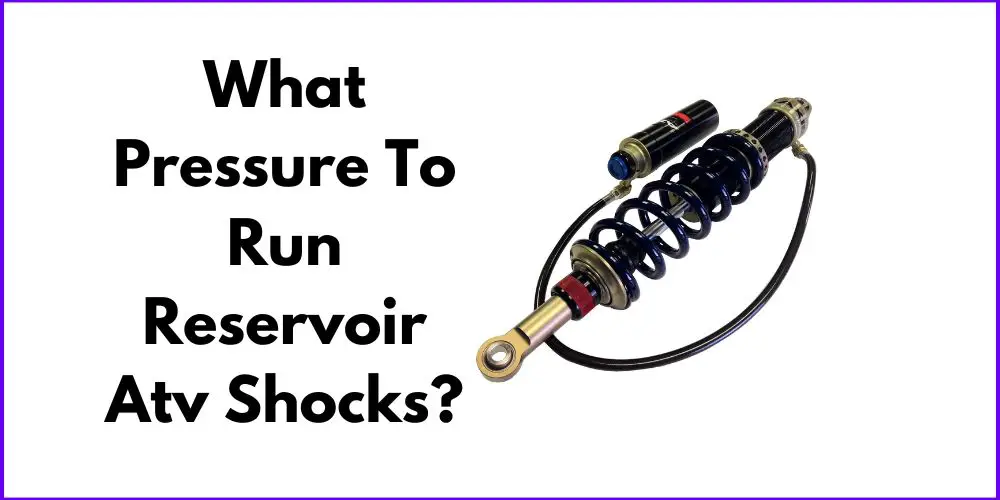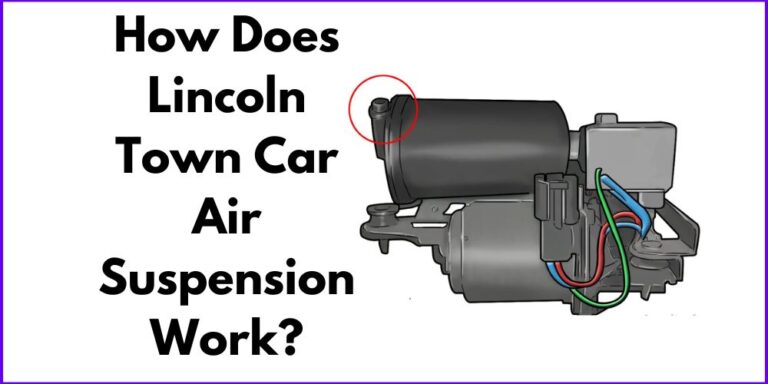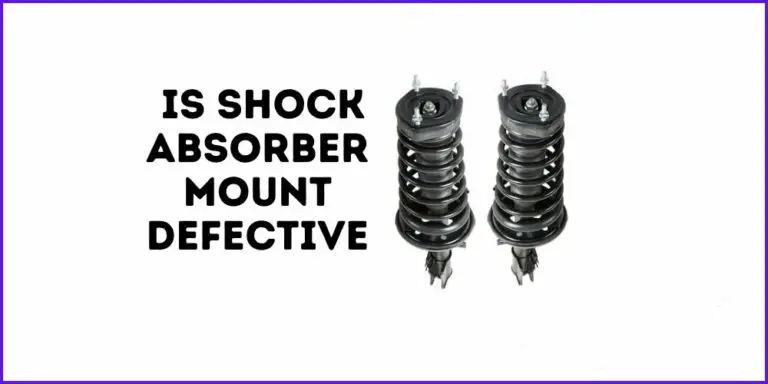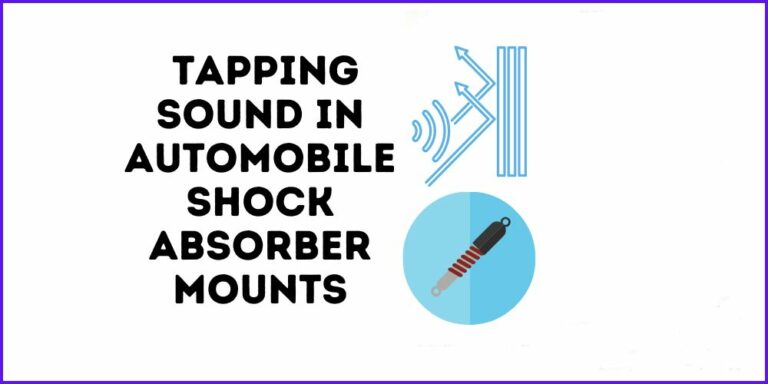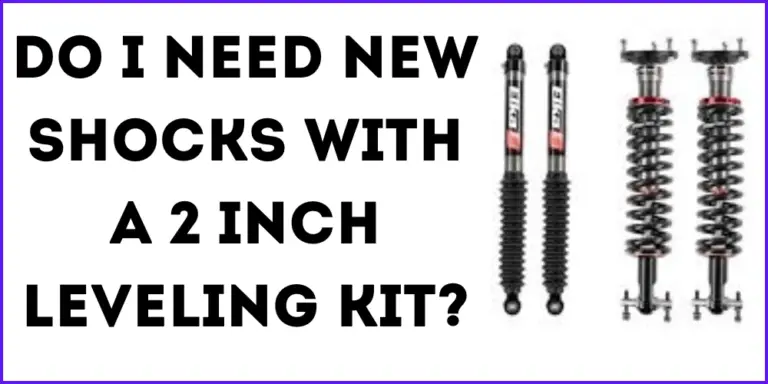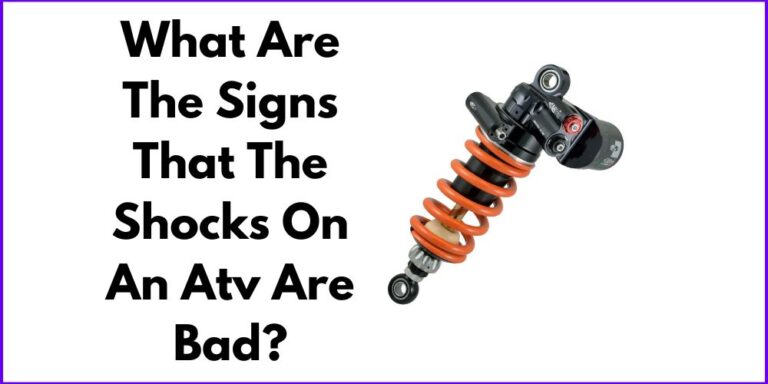ATV shocks are essential for a smooth and controlled ride, especially in challenging terrains. Maintaining the correct pressure in reservoir shocks is crucial for maximizing their performance and ensuring a safe and enjoyable riding experience. In this blog post, we will explore the significance of maintaining proper pressure in reservoir shocks and how it enhances the performance and handling of your ATV. Let’s uncover the secrets to optimal reservoir shock pressure!
What Pressure To Run Reservoir ATV Shocks?
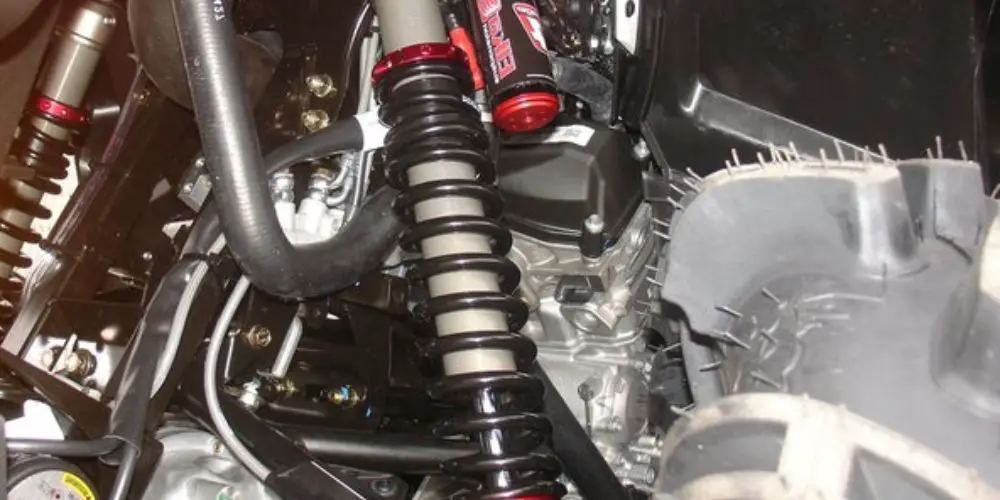
Maintaining the correct pressure in reservoir ATV shocks is crucial for optimal performance. Keeping the nitrogen level topped off, typically between 150-250 PSI (however, you can always check with the shock manufacturer), ensures a full bladder in the reservoir, and prevents shock oil from aerating or foaming.
This leads to better bump absorption and a smoother ride. Regularly check the pressure with a reliable gauge and adjust as needed. Follow manufacturer guidelines for the recommended pressure range specific to your shocks. By maintaining the right pressure, you’ll enhance your ATV’s performance and enjoy a more controlled off-road experience.
Factors Affecting Reservoir Shock Pressure
Several factors come into play when determining the ideal pressure for reservoir shocks on your ATV. Understanding these factors and their impact on shock performance will allow you to fine-tune the pressure to suit your specific needs and preferences.
- Weight of the ATV and rider: The weight carried by your ATV, including both the vehicle itself and the rider, significantly influences the shock pressure. Heavier loads require higher pressures to maintain proper suspension performance and prevent excessive bottoming out. Conversely, lighter loads may benefit from slightly lower pressures to ensure a smoother ride.
- Riding style and terrain conditions: Your riding style and the type of terrain you frequently encounter affect the shock pressure requirements. Aggressive riders tackling rough, challenging terrains may benefit from higher pressures to provide additional support and reduce the risk of bottoming out. On the other hand, riders who prefer a more leisurely pace on smoother terrains might find slightly lower pressures more comfortable.
- Suspension setup and preferences: The suspension setup and personal preferences of ATV riders also play a role in determining the optimal shock pressure. Some riders prefer a stiffer suspension for improved stability and responsiveness, while others prioritize a softer setup for enhanced comfort. Adjusting the shock pressure allows you to fine-tune the suspension to match your desired handling characteristics.
- Manufacturer recommendations: It is crucial to consult the owner’s manual or contact the shock manufacturer directly for their specific recommendations regarding pressure settings. Manufacturers typically provide guidelines and suggested pressure ranges based on their product design and intended usage. Following these recommendations ensures that you’re within the safe and effective operating parameters specified by the manufacturer.
Considering these factors collectively will help you find the sweet spot for your reservoir shock pressure. Start with the manufacturer’s recommendations as a baseline and make adjustments based on your weight, riding style, terrain, and suspension preferences. Remember that small changes in pressure can have noticeable effects on the ATV’s handling and ride quality, so it’s recommended to make incremental adjustments and test the results before settling on the ideal pressure setting.
The Effects of Incorrect Reservoir Shock Pressure
Incorrect pressure in reservoir ATV shocks can have significant consequences on your ride. Low pressure reduces shock absorption, leading to a rough ride, bottoming out, and handling issues. On the other hand, high pressure results in a harsh ride, reduced traction, and potential damage to the shocks. It’s essential to maintain the recommended pressure range specified by the manufacturer to ensure optimal performance and longevity of your shocks. Regularly check the pressure and make necessary adjustments for a smoother and safer off-road experience.
FAQs: Reservoir ATV Shocks
What PSI should I run in my rear shock?
It is important not to exceed 300 psi, as that is the maximum recommended FLOAT air pressure for most shocks. Going beyond this limit can cause damage to the shock and compromise performance.
What is the nitrogen pressure in the Fox 2.0 reservoir shock?
The Fox shocks are typically set at the factory with 200 psi of nitrogen. This pressure is essential to pressurize the internal floating piston (IFP) and prevent cavitation, ensuring optimal shock performance.
Are shocks with reservoirs better?
Yes, reservoir shocks offer several advantages. While many people associate reservoir shocks with enhanced cooling capacity, they also provide increased suspension travel compared to non-reservoir shocks of the same size. This additional travel allows for better absorption of bumps and improved overall performance.
Final Thoughts
Maintaining proper pressure in reservoir ATV shocks is crucial for ride quality, performance, and safety. Correct pressure prevents issues like foaming and maximizes bump absorption. Low pressure reduces shock absorption and can cause handling problems, while high pressure leads to a harsh ride and reduced traction. Experiment to find your ideal pressure based on weight, riding style, and preferences. Elevate your off-road experiences by maintaining recommended pressure and enjoying smoother rides with better control.

